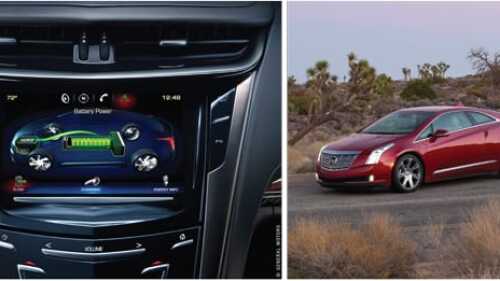Innovation Districts & Corridors
Building owners and telecom carriers are finding ways to bridge the mobile phone coverage gaps that frustrate users.
At last year’s Consumer Electronics Show, a unique fusion occurred: real estate, which ultimately is about presence, met phones and other devices that link people and places.
Ten integrative approaches to the design of health care facilities illustrate ways to forge links with nature, existing buildings and institutions, and communities.
It seemed like a good idea at the time: building low-density, single-use retail space along heavily traveled corridors and arterials, surrounded by massive parking lots. Panelists at the ULI fall meeting talked about how these automobile-driven corridors are repositioning themselves as more walkable destinations.
Tech startups—and the venture capital on which they thrive—are breaking out of their suburban mold.
After ruinous fires laid waste to wide swaths of the urban landscape, cities were eager for technology to come to the rescue, with new building materials and methods. So what exactly is architect Michael Green thinking when he proposes using wood to erect urban skyscrapers and multifamily structures?
Efforts to increase buildings’ energy efficiency have moved beyond the “low-hanging fruit” stage, said industry leaders at the 2013 Building Energy Summit held on March 26 in Washington, D.C. While progress has been made on many fronts, advocates still face challenges in convincing building owners and developers to invest in sustainability.
A campaign to cool the residential market reaches a point of inflection at a time of political transition.
Indonesia’s capital city is named the top Asian market in the 2013 Emerging Trends Forecast by ULI and PwC.
The dominance of LEED—the world’s most popular green building brand—is facing two threats: governments are limiting its application as a policy benchmark and are pursuing other green building standards.








